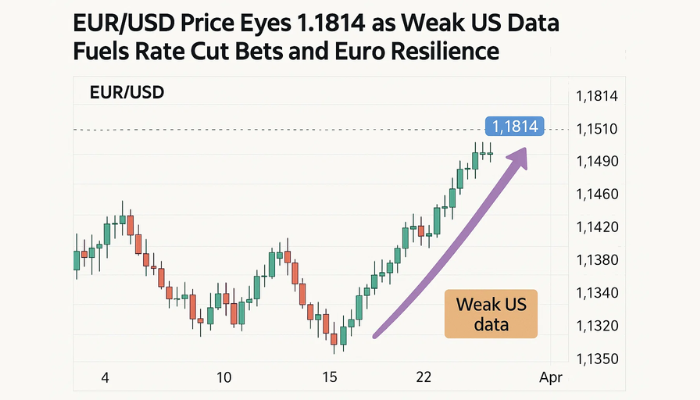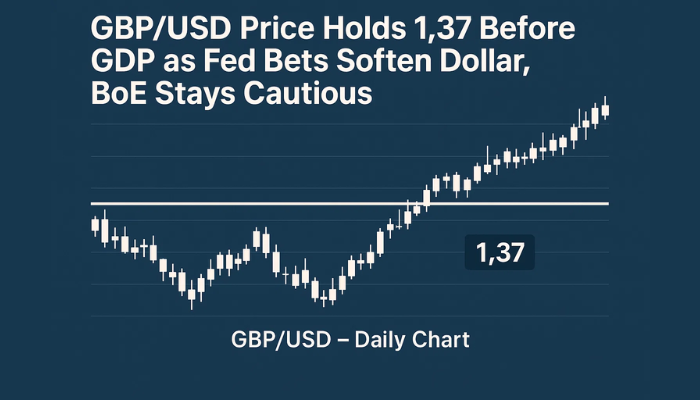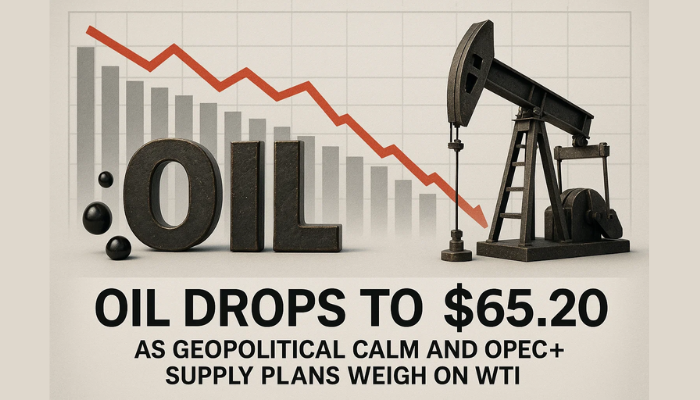Is Fall Finally Here For WTI Crude Oil?
With growing supplies and lagging wintertime demand looming, one has to wonder why WTI crude oil is catching so many bids.

The weekly crude oil inventory cycle is complete and bidders are hitting January WTI futures. Prices are up more than $1.75 per barrel and are attempting to establish a foothold above $57.00. For the time being, it appears that energy traders aren’t interested in fall season historic trends ― it’s all about cheap money, growth potential, and an eventual end to the U.S./China trade war.
EIA Reports Supply Build, Rounds Out This Week’s Inventories
Earlier today, the U.S. Energy Information Administration (EIA) released their weekly stocks report to the public. The number came in positive, but didn’t do much to sway oil bulls. Here is a quick look at this week’s API and EIA figures:
Event Actual Projected Previous
API Crude Oil Stocks 5.954M NA -0.500M
EIA Crude Oil Stocks 1.379M 1.543M 2.219M
This morning’s EIA report included a few peripheral items worthy of note:
- Inventories stand at 450.4 million barrels, about 3% above seasonal norms
- U.S. crude oil inventories are up 32 million barrels since September
- U.S. gasoline inventories rose by 1.8 million barrels week-over-week
At the end of the day, it looks like fall seasonality is in full effect for crude oil supply and demand. Nonetheless, January WTI futures are showing strength and sustaining action above the $55.00 big-round-number.
.jpg)
Overview
With growing supplies and lagging wintertime demand looming, one has to wonder why WTI is catching so many bids. Here are a few factors that are playing into the current dynamic:
- China: Energy traders are excited about the potential for “Phase 1” of a U.S./China trade deal coming to fruition. Such an agreement will boost Chinese demand for crude going into 2020.
- Equities: U.S. stocks are very near all-time highs. In the event the bull run continues, corporate/industrial “expansion” and “growth” will be buzzwords going into Q1 2020.
- Inflation: No doubt about it, aggressive rate cuts from the FED have inflation poised to take off in the coming months. We have already seen U.S. CPI and new construction make bullish jumps; should inflation exceed the FED’s 2% target, WTI pricing is very likely to move north.
For now, one is well-advised to respect an intermediate-term topside of $60.00 for January WTI crude futures. However, the odds of a deep correction in global crude oil are still good. If we see the current equities rally derailed and U.S./China trade relations degrade, a swift drop to $50.00 remains very possible by year’s end.
- Check out our free forex signals
- Follow the top economic events on FX Leaders economic calendar
- Trade better, discover more Forex Trading Strategies
- Open a FREE Trading Account


